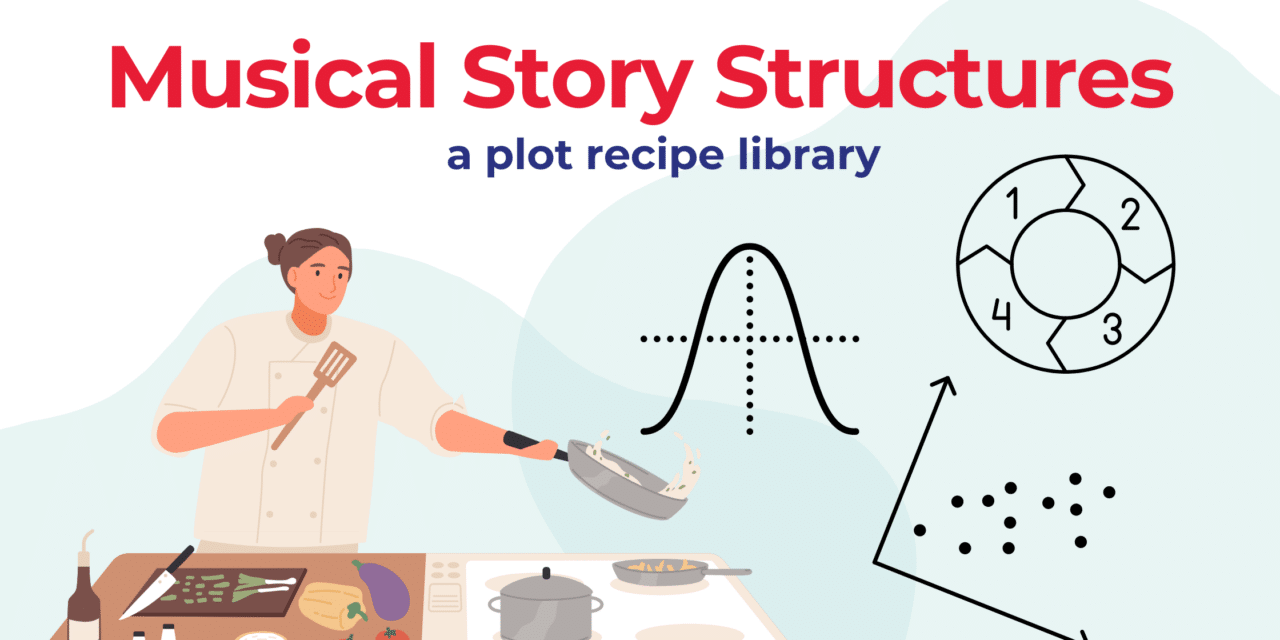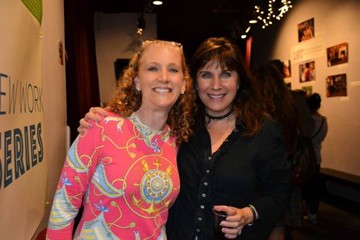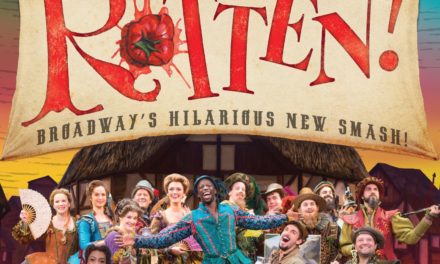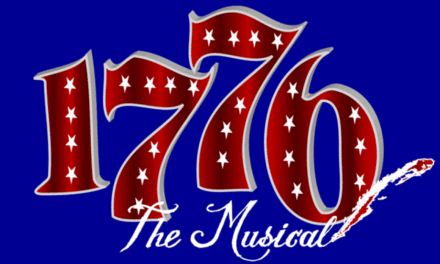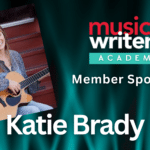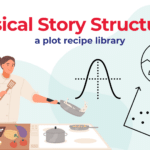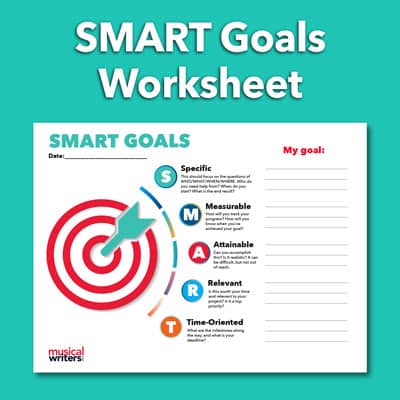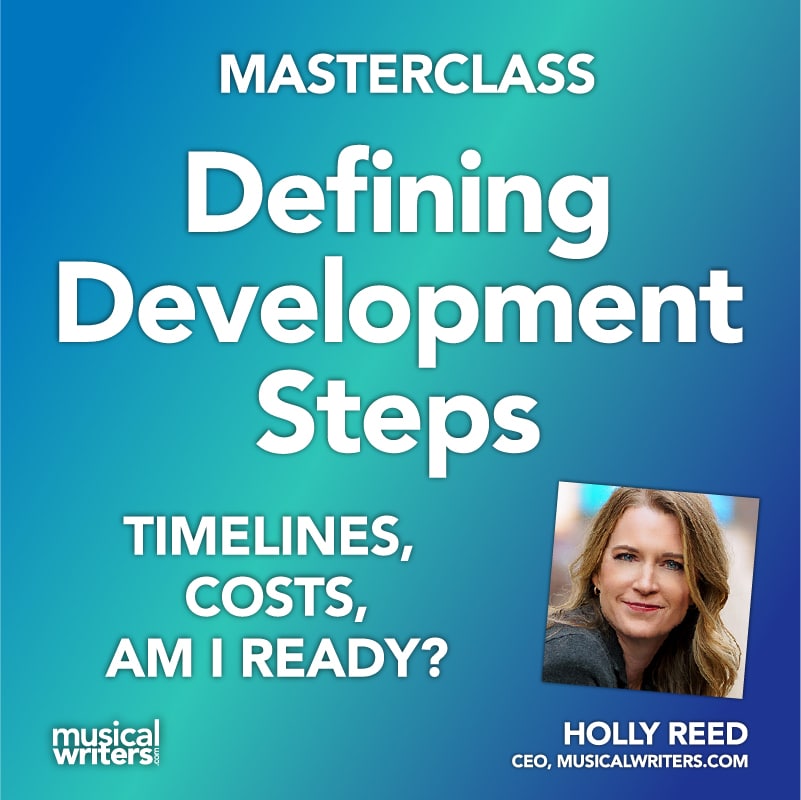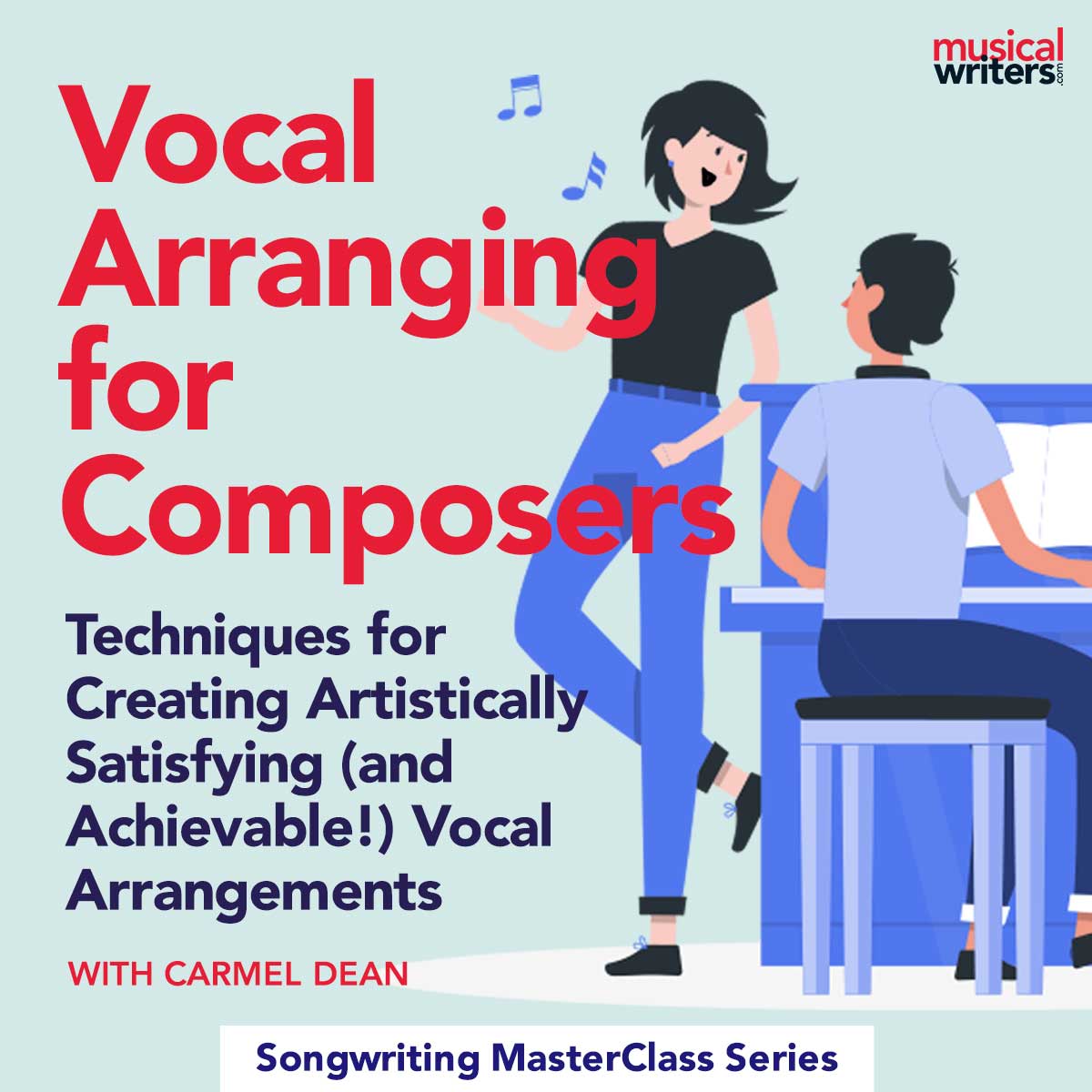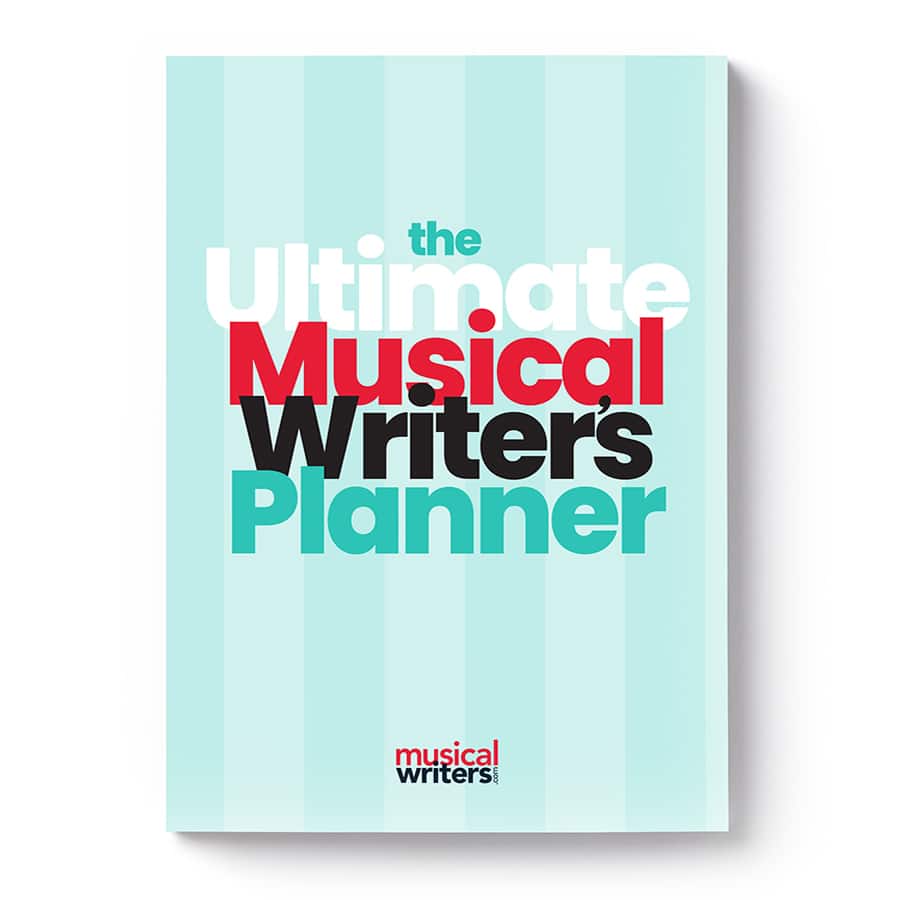A good musical requires more than just catchy songs and crafty dialogue. At its heart, a musical must tell a STORY that captivates the audience, and that story should feel both surprising and familiar. On top of that, musical story structures must be straightforward enough to hold together all the production numbers, spectacle, and razzamatazz that we know and love in musical theatre. Sounds like a tough order? That’s because it is.
The good news is that there are “recipes” available for writers to follow that can make this simple and clear storytelling a lot more achievable. In this article, we’ll share all of our favorite story structure recipes for musicals. These structure “templates” come from storytelling legends from Kurt Vonnegut to Pixar, and respected theorists like Joseph Campbell or Don Harmon. Use any of these as a ready-to-go story starter, or combine multiple templates into your own unique story blend.
Timeless Musical Story Structures
“In the first act you get your hero up a tree. The second act, you throw rocks at him. For the third act you let him down.”
– George Abbott, American theatre producer and director
Three-Act Structure
This foundational template divides your narrative into three distinct parts. First is the Setup, where the world and characters are introduced. Next, the Confrontation, where tension and conflict build. Finally: Resolution, where conflicts are resolved.
Musical example: Hamilton uses a clear three-act structure to navigate through its protagonist’s life, setting up his ambitions, his conflicts, and ultimately his downfall and legacy.
Learn more about the Three-Act Structure
Joseph Campbell’s Hero’s Journey
Joseph Campbell’s monomyth, or the Hero’s Journey, is a universal narrative framework that many stories follow. This makes it perfect for musicals that aim to tell a story of transformation and adventure.
Example: Wicked follows the journey of Elphaba from an ordinary girl to the Wicked Witch of the West, including elements like the Call to Adventure and the Return with the Elixir.
Learn more about how musical writers can use the Hero’s Journey here.
Freytag’s Pyramid
Ideal for dramatic narratives, Freytag’s Pyramid outlines a five-part structure: Exposition, Rising Action, Climax, Falling Action, and Denouement. It provides a clear path to emotional highs and lows, crucial for the impactful moments where songs can thrive.
Components of Freytag’s Pyramid:
1. Exposition.
2. Rising Action.
3. Climax.
4. Falling Action.
5. Resolution
Example: Les Misérables beautifully maps onto Freytag’s Pyramid, with its clear climactic moments and resolutions.
Learn more about Freytag’s Pyramid
Modern Variants on Classical Musical Story Structures
“There are only two or three human stories and they go on repeating themselves as fiercely as if they had never happened before.”
– Willa Cather
Dan Harmon’s Story Circle
A modern variant of the Hero’s Journey, the “Story Circle” focuses on character development and emotional arcs in a cyclic pattern. It’s particularly useful for episodic storytelling in musicals.
Example: Dear Evan Hansen aligns with the Story Circle, showcasing the protagonist’s journey through a series of emotional and moral challenges and back to a new normal.
Learn more about Dan Harmon’s Story Circle
Pixar’s Story Spine
The “story spine” is a simplified narrative template used by Pixar to craft compelling stories. It’s structured around key sentences that outline the plot and is perfect for ensuring your musical hits all the right emotional beats.
Pixar’s Story Spine
Once upon a time, ___.
Every day, _____.
But one day, ____.
Because of that, ______.
And ever since, _____.
Until finally, ________.
Example: The structure of Frozen closely follows the Story Spine, with clear plot points leading to emotional songs that drive the narrative forward.
Learn more about Pixar’s Story Spine.
Dan Wells’s Seven-Point Story Structure
Dan Wells’s Seven Point Story Structure provides a clear roadmap for crafting compelling narratives. It begins with a Hook, drawing audiences into the world of your musical, and concludes with a satisfying Resolution. Crucial points like the Midpoint, where the main character shifts from reaction to action, are ideal for pivotal musical numbers, emphasizing character development and plot progression. This structure’s emphasis on conflict resolution aligns perfectly with the dramatic arcs needed in musical theater.
Example: The Phantom of the Opera showcases a clear transition from the protagonist’s ordinary world through various pivotal points. The story then resolves in a way that leaves the characters in a new normal, echoing the emotional complexity and transformative journey of the characters.
Learn more about the Seven-Point Story Structure, and download a Seven Plot Points worksheet here.
Innovative and Genre-Specific Musical Story Structures
“When I speak to children about writing, I tell them, ‘You don’t have a story until something goes wrong.'”
– Steven James, Writer’s Digest
Randy Ingermanson’s Snowflake Method
The Snowflake Method, created by Randy Ingermanson, is a strategic approach for developing a story from a simple premise to a detailed outline. Starting with a one-sentence summary and expanding into character bios, scene lists, and beyond, this method can help musical writers structure their stories effectively. Each step of expansion can correspond to musical elements, such as themes for songs or emotional beats for key scenes, making it an invaluable tool for integrating narrative and musical compositions seamlessly.
There are many different ways you can apply the Snowflake Story Method, but here is one set of steps you can try:
One Version of the “Snowflake Story” Method
1. Write a one-sentence summary of your story.
2. Write a one-sentence description of each main character or important setting.
3. Expand each summary or description from steps 1 & 2 into a paragraph.
4. Create a list of scenes and a one-sentence description of each.
5. Expand all this into a full-show summary.
6. Begin your script.
Example: Into the Woods intricately weaves together various fairy tales, expanding from simple premises to complex narratives that intersect and diverge. This illustrates the method’s emphasis on detailed development.
Learn more about Randy Ingermanson’s Snowflake Method.
South Park’s But/Therefore Rule
The “But/Therefore” rule, famously utilized by the creators of South Park, emphasizes causal relationships in storytelling, ensuring that each scene naturally follows from the previous one. This rule can be particularly useful in musical theater, where the flow from dialogue to song (and between songs) needs to feel both inevitable and surprising. By applying this rule, writers can create a musical plot where songs enhance the narrative by acting as natural extensions of the story’s cause-and-effect chain.
Example: Avenue Q demonstrates the But/Therefore rule through its narrative progression. Each scene and song logically leading to the next, creating a cause-and-effect chain that enhances the musical’s storytelling.
Learn more about South Park’s But/Therefore Rule.
Kurt Vonnegut’s Story Arcs
Kurt Vonnegut’s theory of story arcs visualizes narrative shapes, from the simple ‘man in a hole’ to more complex trajectories. Mapping your musical’s story to one of Vonnegut’s arcs can provide insight into the emotional journey you’re taking your audience on. Whether your musical follows a triumphant, Cinderella-esque arc or explores the depths of tragedy, understanding the shape of your story helps in pacing both narrative and musical elements for maximum impact.
Example: Sweeney Todd: The Demon Barber of Fleet Street fits into Vonnegut’s arc of “Man in a hole.” Its characters experience a series of falls and partial recoveries that drive the plot’s emotional depth and narrative structure.
Learn more about Kurt Vonnegut’s Story Arcs in the video below.
Conclusion
Do you know how everyone has their own favorite recipe for chocolate chip cookies or fried chicken? The same is true for story structures. Everyone will have their own favorites from this recipe list.
Whether you follow your chosen musical story structure directions to a tee, or add your own tweaks and spices, these storytelling recipes can serve as guideposts. These guideposts will help you craft stories and musicals that resonate both on and off stage.

